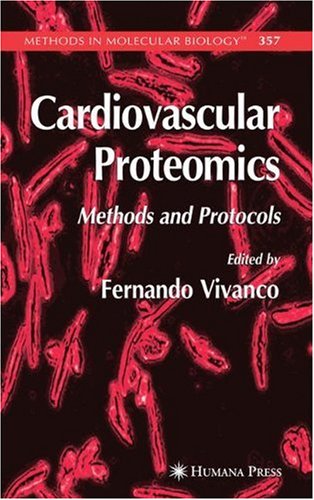

Most ebook files are in PDF format, so you can easily read them using various software such as Foxit Reader or directly on the Google Chrome browser.
Some ebook files are released by publishers in other formats such as .awz, .mobi, .epub, .fb2, etc. You may need to install specific software to read these formats on mobile/PC, such as Calibre.
Please read the tutorial at this link. https://ebooknice.com/page/post?id=faq
We offer FREE conversion to the popular formats you request; however, this may take some time. Therefore, right after payment, please email us, and we will try to provide the service as quickly as possible.
For some exceptional file formats or broken links (if any), please refrain from opening any disputes. Instead, email us first, and we will try to assist within a maximum of 6 hours.
EbookNice Team

Status:
Available4.8
37 reviewsOver the past few years, the power and potential of proteomics has become widely recognized. The use of proteomics for the study of complex diseases is increasing and is particularly applicable to cardiovascular disease, the leading cause of death in developed countries. The ability to investigate the complete proteome provides a critical tool toward elucidating the complex and multif- torial basis of cardiovascular biology, especially disease processes. Proteomics involves the integration of a number of technologies with the aim of analyzing all the proteins expressed by a biological system in response to various stimuli under different pathophysiological conditions. The proteomic approach offers the ability to evaluate simultaneously the changes in protein expression and cell signaling pathways in response to such conditions as atherosclerosis, c- diac hypertrophy, stroke, or heart failure. Cardiovascular Proteomics: Methods and Protocols covers many of the above aspects of the proteomic approach in the cardiovascular field. This v- ume takes the reader through the complete process of proteomic analysis, from the obtention of specific heart proteins (troponin I) to the new techniques of identifying risk biomarkers of atherome plaque rupture, analyzing the secretome of explanted endarterectomies cultured in vitro, or the application of phage display techniques to decipher the molecular diversity of blood vessels.